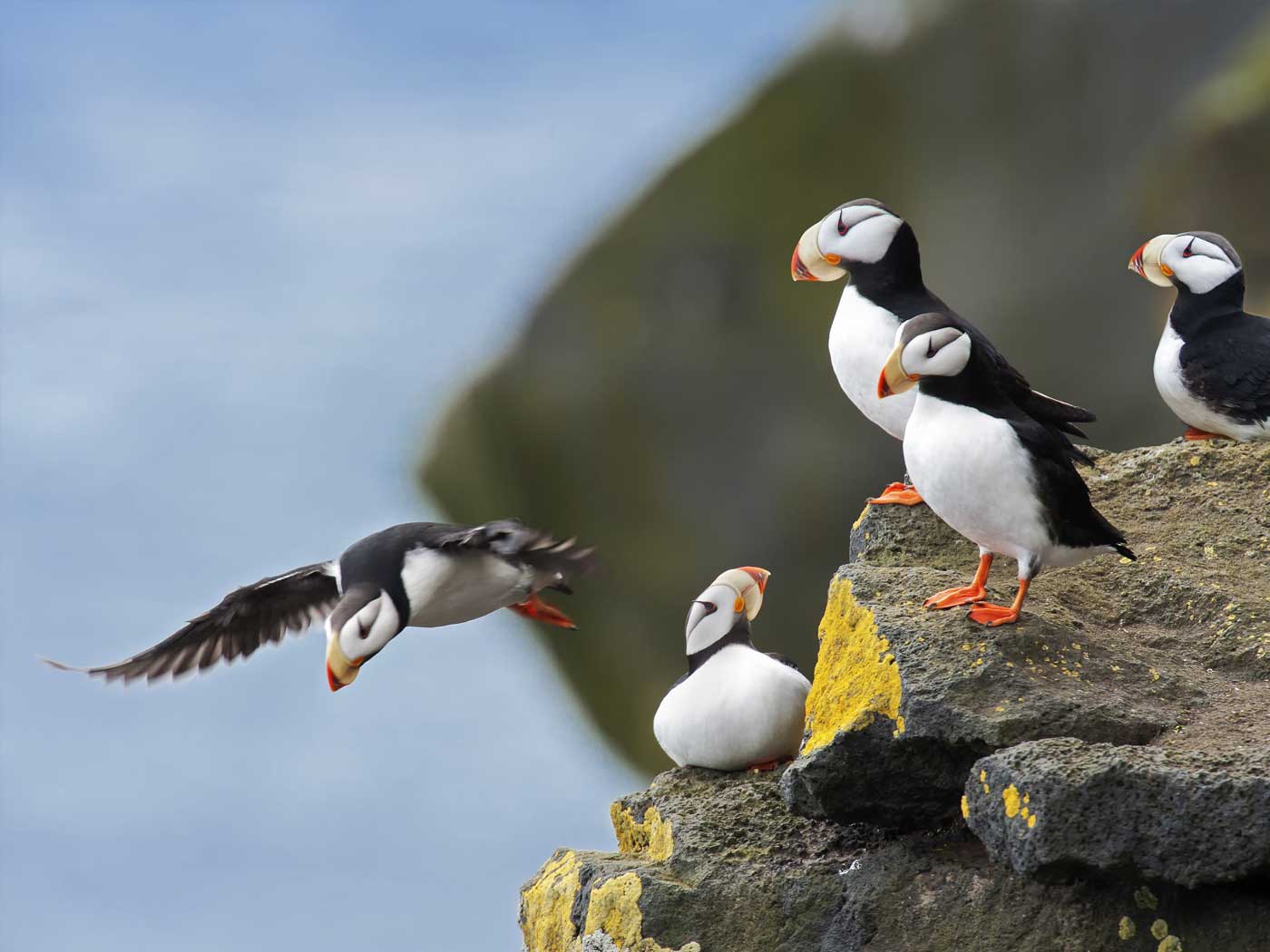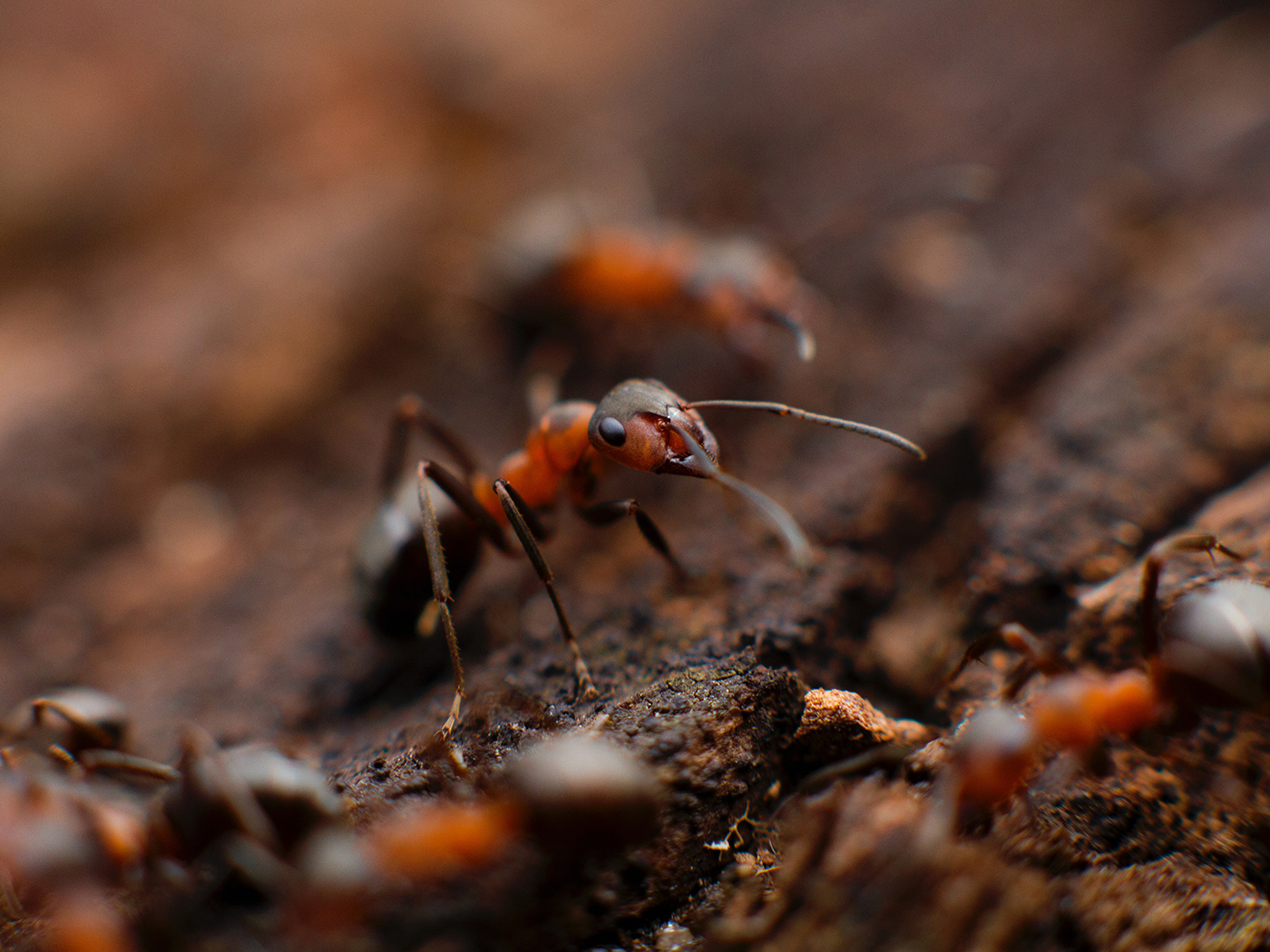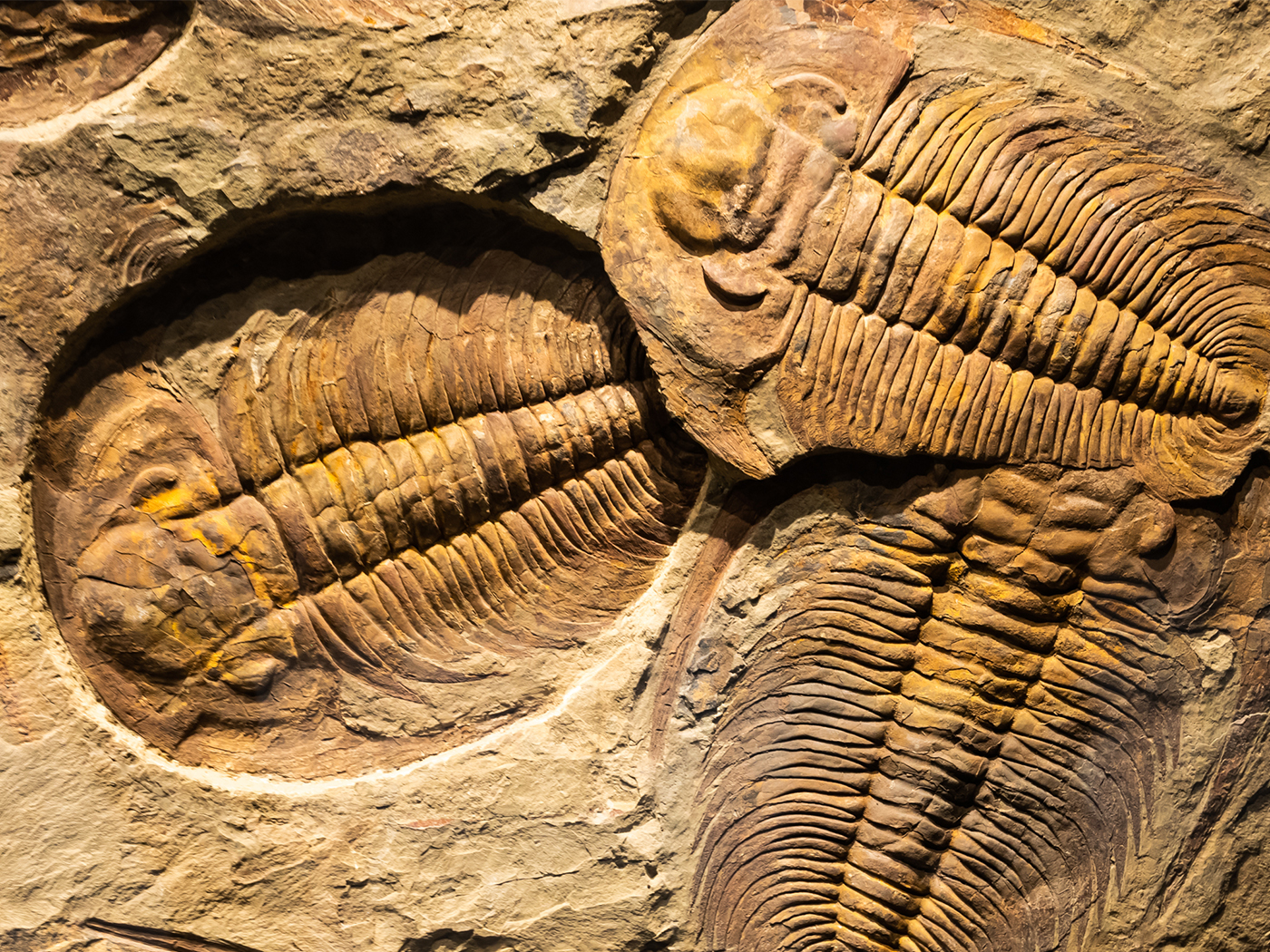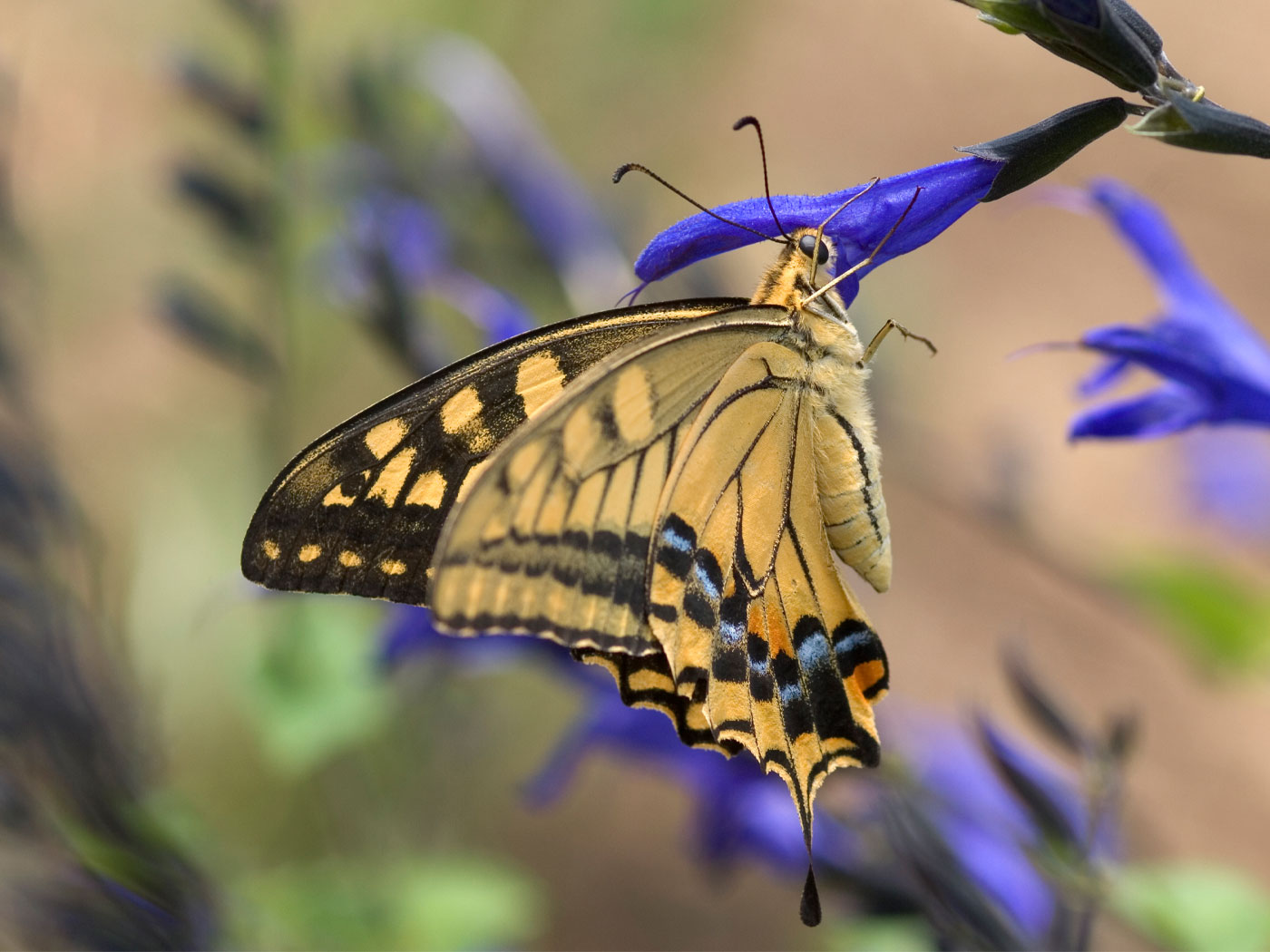The latest dragonfly investigation involves how Cornell University scientists have “untangled the intricate physics and neural controls that enable dragonflies to right themselves while they're falling.”2
The zoologists discovered that the chain of righting mechanisms began with the remarkable eyes of the insect that can receive 200 images per second.
The dragonfly’s optics are also amazing, with almost its entire head composed of visual sensors loaded with engineering that’s only beginning to be understood. It has very complex eyes constructed of individual visual sensory units called ommatidia. A single compound eye has an integrated lens system containing up to 30,000 ommatidia. Each individual ommatidium collects its own stream of visual information that’s transmitted to the dragonfly’s brain, where it’s decoded and processed to form a mosaic image with intricate visual depth and detail.3
From the information gained via its incredible optics, neural signals are generated and transmitted to the dragonfly’s wings, all in a fraction of a second.
That visual cue triggers a series of reflexes that sends neural signals to the dragonfly's four wings, which are driven by a set of direct muscles that modulate the left-wing and right-wing pitch asymmetry accordingly. With three or four wing strokes, a tumbling dragonfly can roll 180 degrees and resume flying right-side up. The entire process takes about 200 milliseconds.2
Clearly, the engineering ability of a winged insect to control its flight in milliseconds comes from the mind of an all-wise Creator.
"Flight control on the timescale of tens or hundreds of milliseconds is difficult to engineer," [Jane Wang, professor of mechanical engineering and physics in the College of Arts & Sciences] said. "Small flapping machines now can take off and turn, but still have trouble remaining in the air. When they tilt, it is hard to correct. One of the things that animals have to do is precisely solve these kinds of problems."2
The various animals do not “solve these kinds of problems” of course. The Lord Jesus has designed all animals including the flight of the dragonfly with the innate ability to correct potential problems.
Is such split-second modulation that requires “complex mathematical modeling to understand the mechanics of insect flight” the result of chance and time—or purpose and plan?
References
1. Wang, Z. et al. 2022. Recovery mechanisms in the dragonfly righting reflex. Science. 376: 754.
2. Dragonflies use vision, subtle wing control to straighten up and fly right. ScienceDaily. Posted on sciencedaily.com May 13, 2022, accessed May 22, 2022.
3. Tomkins, J. Intricate Animal Designs Demand a Creator. Creation Science Update. Posted on ICR.org June 28, 2019, accessed May 22, 2022.
*Dr. Sherwin is Research Scientist at the Institute for Creation Research. He earned an M.A. in zoology from the University of Northern Colorado and received an Honorary Doctorate of Science from Pensacola Christian College.






















